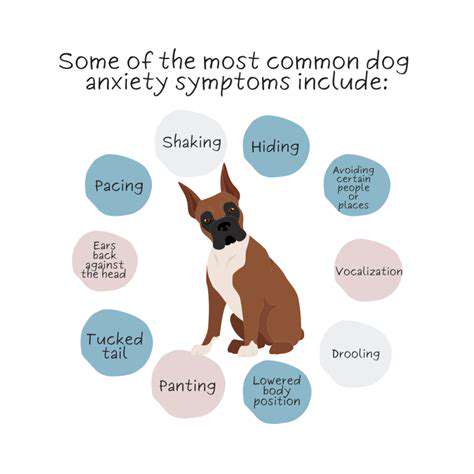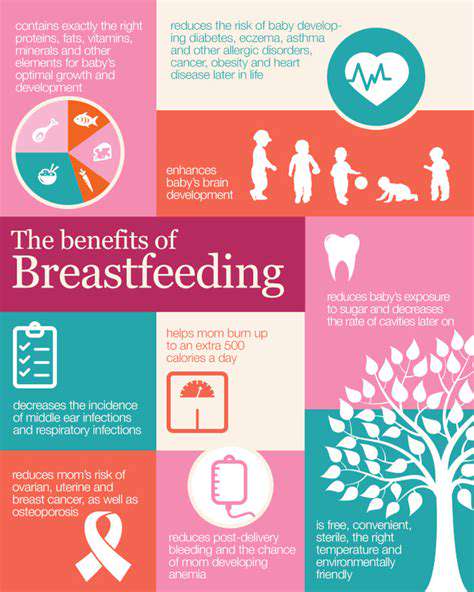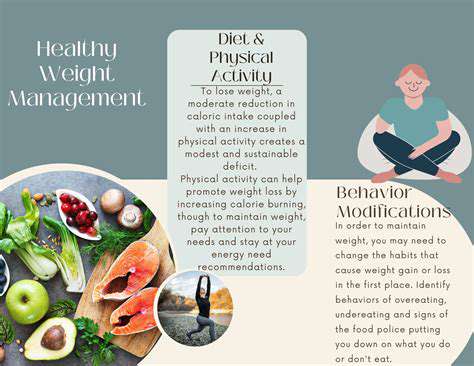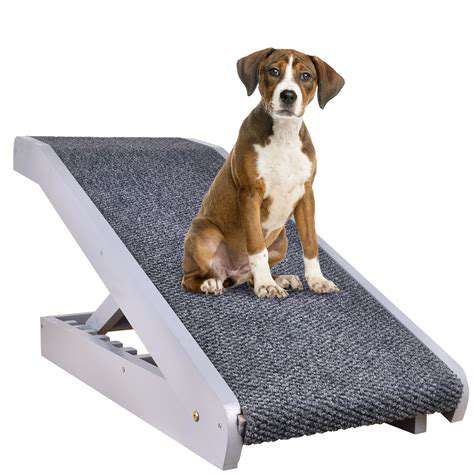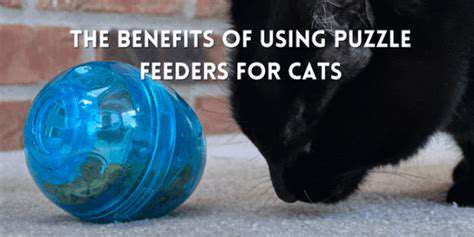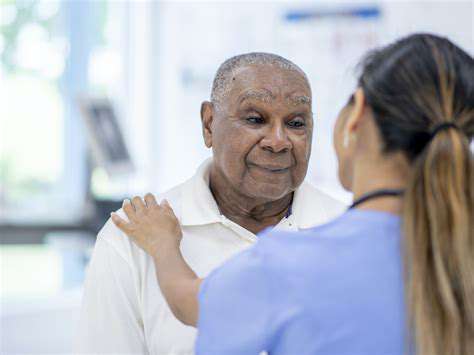Best Dog Beds for Large Breeds
The filling makes all the difference between a bed that lasts six months versus six years. Memory foam is excellent for senior dogs or breeds prone to hip dysplasia, but it can get hot. For active dogs that run warm, look for gel-infused memory foam or breathable polyfill. I once had a client whose Great Dane refused to use any bed until they tried one with shredded memory foam - the adjustability made all the difference.
Waterproof liners are non-negotiable for puppies or dogs with accidents. Look for beds with removable, machine-washable covers made from durable fabrics like ballistic nylon. Avoid beds with loose fibers or stuffing that curious dogs might chew and ingest.
Support and Durability: Building a Solid Foundation
A flimsy bed won't survive a week with an enthusiastic large breed. I always recommend checking the stitching - double-stitched seams and reinforced corners are signs of quality. The base should be non-slip to prevent dangerous sliding on hardwood floors. For extra-large breeds (150+ lbs), consider a bed with a solid platform or wooden frame for added support.
One client's Mastiff went through three cheap beds before they invested in a heavy-duty model with a 5-year warranty. That bed lasted the dog's entire lifetime and saved them money in the long run. Don't be fooled by decorative beds that look plush but lack proper support.
Consider the Dog's Personality and Preferences
Dogs have individual preferences just like people. My neighbor's Newfoundland refused every bed until they tried a cooling mat - turns out he just ran hot. Anxious dogs often prefer cave-style beds or ones with high walls that make them feel secure. For older dogs with arthritis, a heated bed (with adjustable temperature) can provide tremendous relief.
Introduce new beds gradually. Place familiar-smelling blankets on top and reward your dog for investigating it. Some dogs need time to accept changes to their sleeping arrangements.
Location, Location, Location: Placement and Environment
Where you place the bed matters as much as the bed itself. Avoid high-traffic areas where your dog might feel disturbed. I recommend placing beds in corners where dogs can see the room entrance - this satisfies their instinct to monitor their territory. Keep beds away from radiators and air vents to maintain a comfortable temperature.
For multi-dog households, provide separate sleeping areas to prevent resource guarding. Elderly dogs especially appreciate beds placed away from stairs or slippery surfaces that might be difficult to navigate.
Orthopedic Beds: Essential for Joint Health
Choosing the Right Orthopedic Bed for Your Dog's Joints
As a veterinary technician for 12 years, I've seen how the right orthopedic bed can transform a dog's quality of life. The best time to invest in an orthopedic bed is before problems appear - prevention is easier than treatment. Look for medical-grade foam with a density of at least 1.8 lbs/ft³ for proper support. Thickness matters too - 4-6 inches is ideal for most large breeds.
One of my clients, a 9-year-old Labrador with arthritis, went from struggling to stand up to jumping on the couch after switching to a proper orthopedic bed. The change was remarkable. Pay attention to certifications - look for beds that meet CertiPUR-US® standards for safety and durability.
Features to Look for in an Orthopedic Dog Bed
Beyond just foam quality, consider these often-overlooked features:- Non-skid bottom: Prevents dangerous sliding- Rounded edges: Easier for arthritic dogs to navigate- Low-profile design: Simpler for large dogs to enter/exit- Moisture-wicking cover: Helps regulate temperature
The cover should be removable and machine washable - preferably with a zipper protected by a flap to prevent chewing. Some premium beds now offer customizable foam inserts that can be replaced as your dog's needs change.
Benefits of Using an Orthopedic Dog Bed
The benefits extend far beyond comfort. Proper support:- Reduces pressure on joints during sleep- Improves circulation- Minimizes morning stiffness- Can decrease reliance on pain medication
I recently worked with a Great Dane rescue that switched all their dogs to orthopedic beds. Within weeks, the older dogs were noticeably more active and playful. The right bed can add quality years to your dog's life. Consider it an investment in their long-term health rather than just a piece of dog furniture.
Consider Your Dog's Sleeping Habits and Preferences
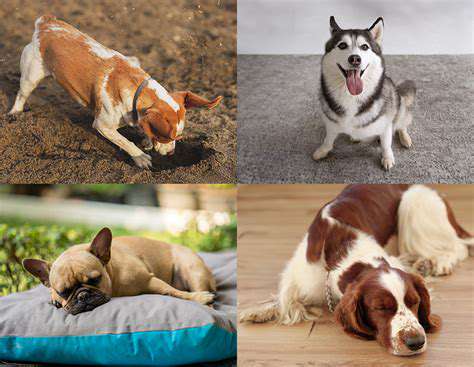
Understanding Your Dog's Sleep Cycle
Dogs sleep differently than humans - they cycle between sleep stages faster and wake more frequently. An adult dog typically needs 12-14 hours of sleep daily, while puppies require up to 20 hours. Watch for signs of poor sleep quality: excessive daytime napping, difficulty settling at night, or frequent position changes.
The Importance of a Consistent Sleep Schedule
Dogs thrive on routine. Establish consistent bedtimes and wake-up times, even on weekends. I helped a client whose anxious Shepherd mix slept better once they implemented a strict 9 PM bedtime with a calming pre-sleep routine of gentle brushing and quiet time.
Factors Affecting Your Dog's Sleep
Many owners don't realize that diet affects sleep. Foods high in tryptophan (like turkey) can promote better sleep, while late-night meals may cause restlessness. Environmental factors like streetlights or household noises often disturb light-sleeping dogs more than owners realize.
Creating a Comfortable Sleep Environment
Beyond the bed itself, consider:- Room temperature (cooler is generally better)- White noise machines to block disturbances- Blackout curtains for light-sensitive dogs- Pheromone diffusers for anxious pets
One of my most dramatic success stories involved a rescue dog who only started sleeping through the night after his owners added a simple box fan for white noise and airflow.
Beyond the Basics: Extra Features to Consider
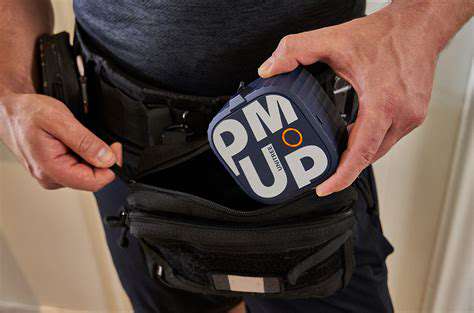
Advanced Features Worth Considering
Today's dog beds offer incredible innovations:- Self-warming materials that reflect body heat- Cooling gel layers for hot climates- Elevated designs for better airflow- Antimicrobial treatments to combat odors
I recently tested a smart bed that tracked a dog's sleep patterns and alerted owners to potential health issues - perfect for senior dogs. While not essential, these features can make a real difference for specific needs.
Making the Final Decision
When choosing between options, prioritize:1. Your dog's specific health needs2. Your climate and home environment3. Ease of cleaning and maintenance4. Long-term durability
Remember that the most expensive bed isn't necessarily the best. The right choice is the one your dog actually uses and benefits from. Consider buying from companies that offer sleep trials or satisfaction guarantees.
